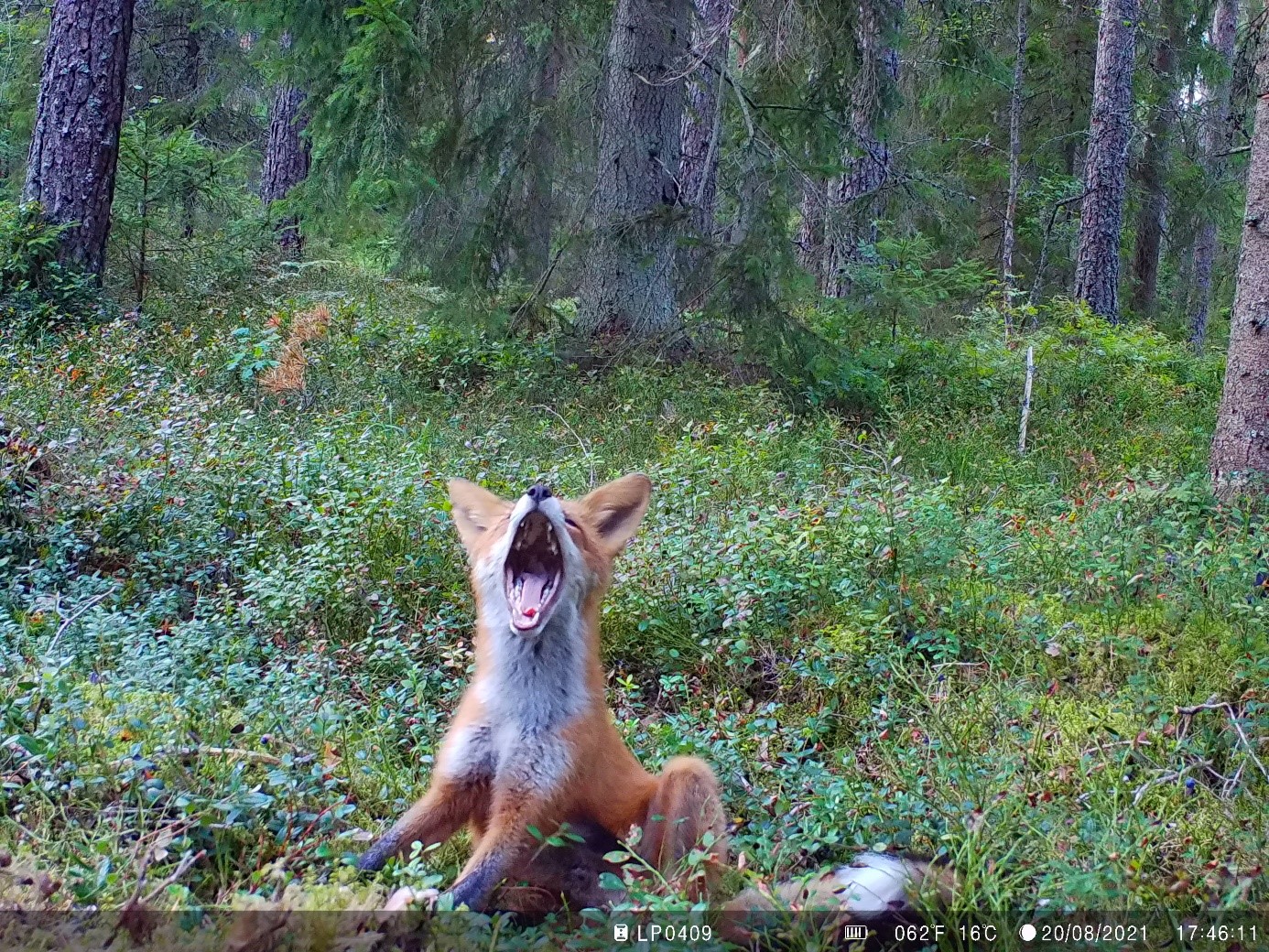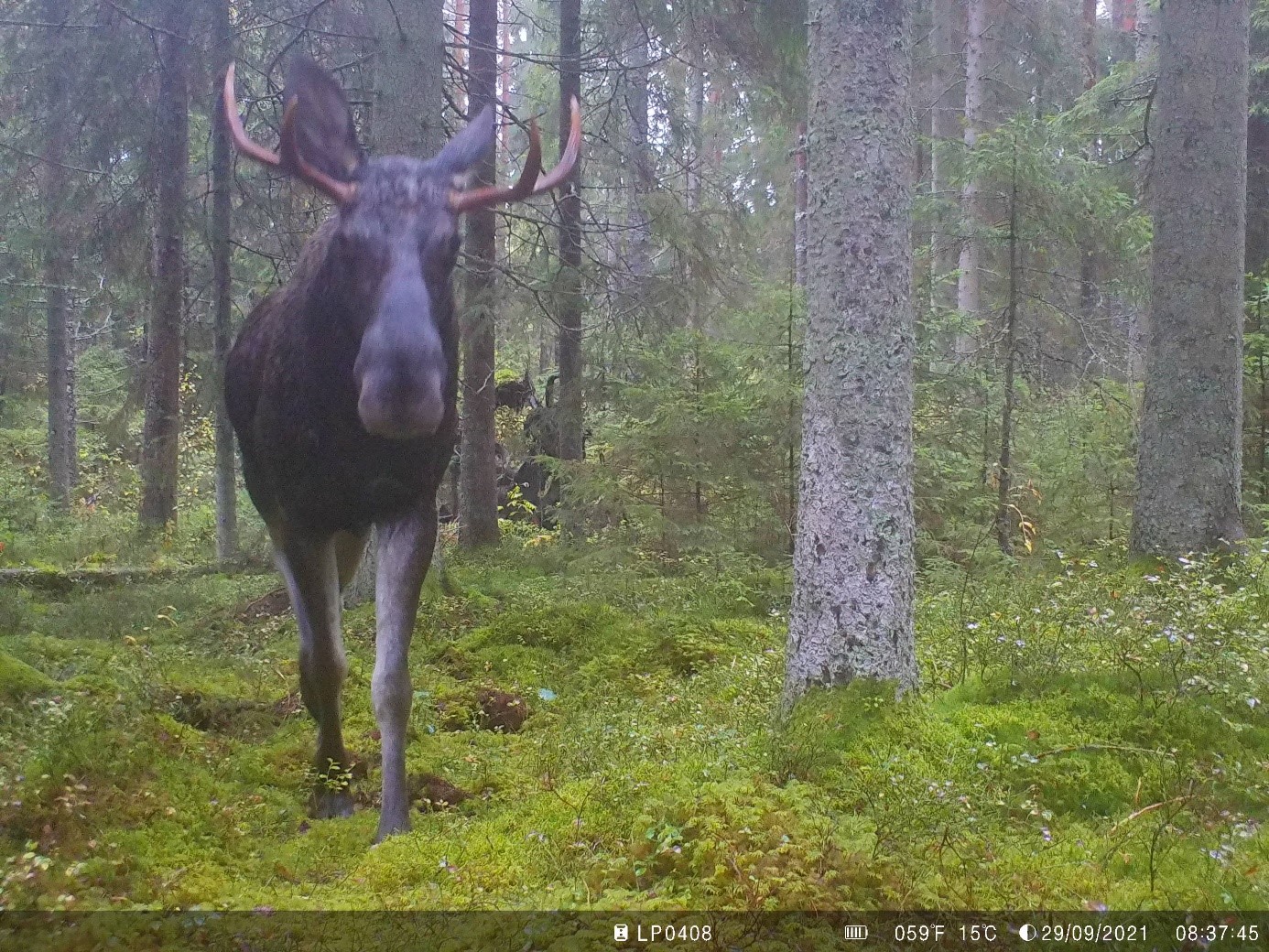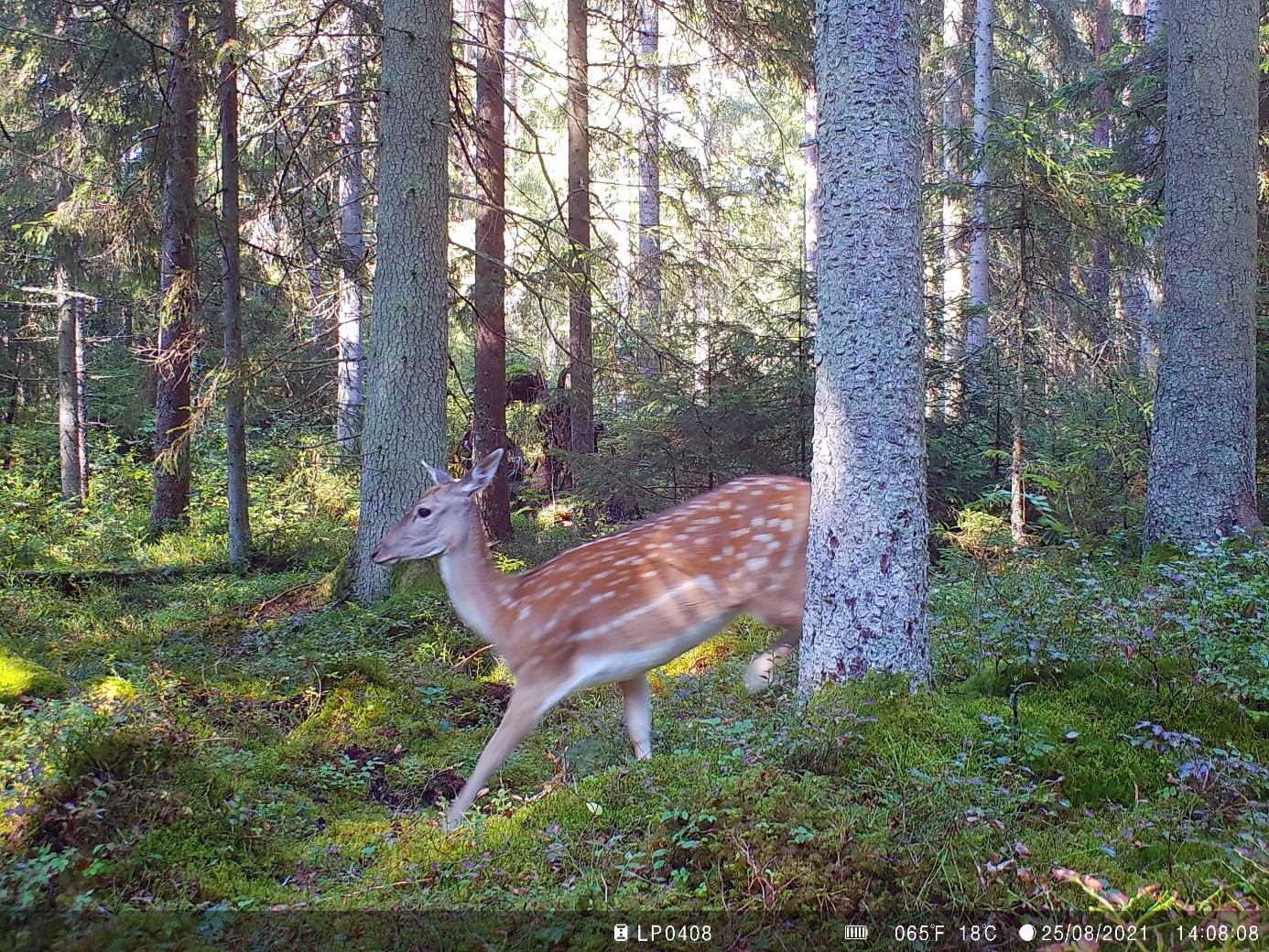Lifeplan is a global research effort aimed at mapping biodiversity around the planet in a systematic way. It will run for six years and involves more than 100 locations around the globe. Five different kinds of data are collected; soil, spores, insects, audio for bird and bat recognition, and camera images. Here at Asa Research Station we have had equipment up and running for nearly a year now and it is working well. The research area is a one-hectare square plot with natural vegetation (forest). Wildlife cameras and audio recorders are placed in each corner as well as in the middle of the plot, where a cyclone sampler for collecting spores and a malaise trap for collecting insects are also located. Sampling is done weekly and depending on the type of sample collected, continues throughout the year. Some of the samples will be analyzed using DNA-sequencing and Big Data analysis.

The cameras are set to respond to passive infrared motion up to a distance of about 20 meters. We have collected quite a few images of animals so far. Mainly mammals but also a few birds. In some images, there are no visible animals, but these images will be analyzed using computerized recognition technology, hopefully revealing critters not detected by human eyes. Below are some examples of images we collected from last summer.

